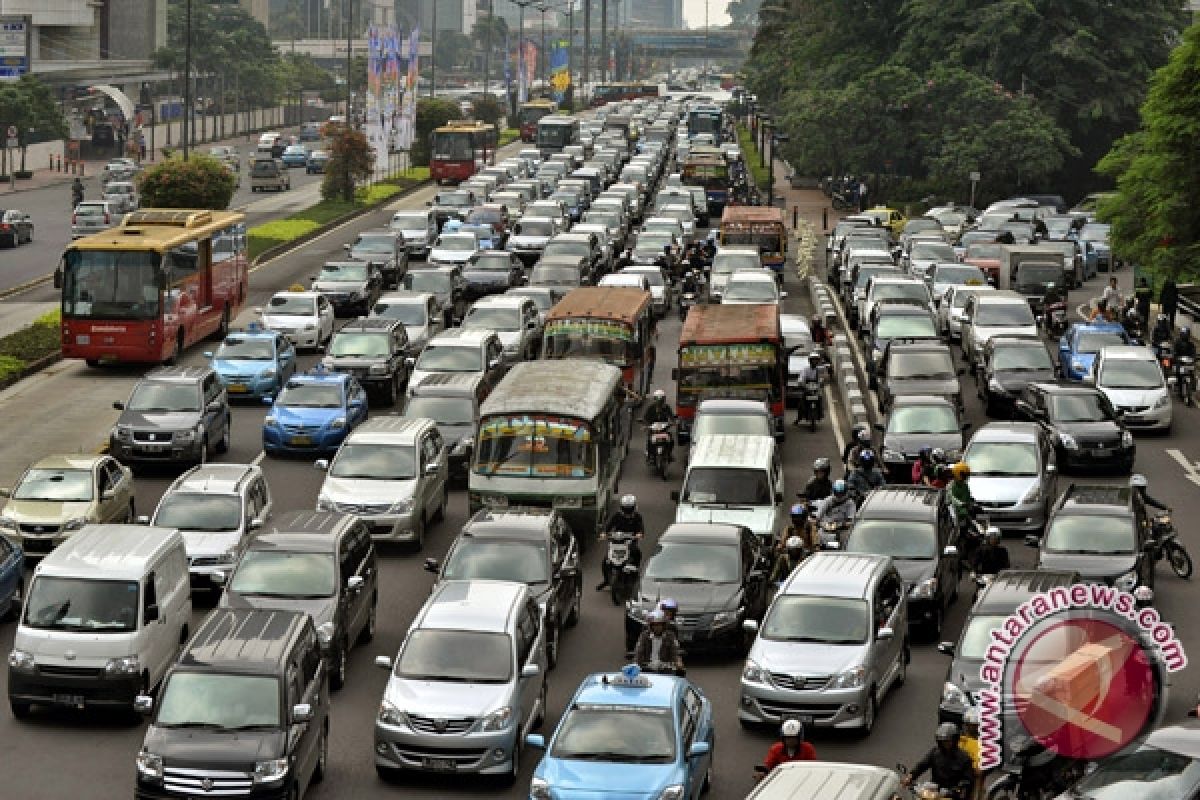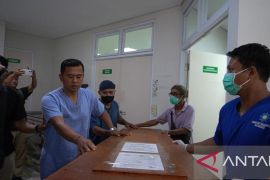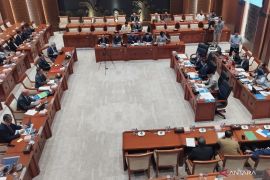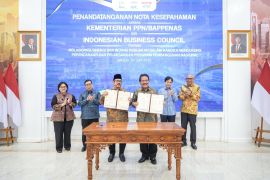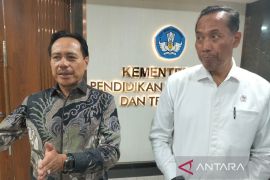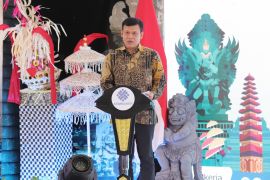"If there is no improvement in the traffic system, Jakarta is likely to face severe traffic congestion from 2014," said the Economic and Investment Advisor to the Ministry of Public Works Setiabudi Albamar.Jakarta (ANTARA News) - The Indonesian Ministry of Public Works has warned that Jakarta will face severe traffic congestion by 2014 due to the growing number of vehicles that exceed road capacity.
"If there is no improvement in the traffic system, Jakarta is likely to face severe traffic congestion from 2014," said the Economic and Investment Advisor to the Ministry of Public Works Setiabudi Albamar on Thursday.
"Jakarta's current need is for a road network of about 12 thousand kilometres. That means only 60 percent of the ideal road network is available to meet the needs of the people in the capital," said Setiabudi.
A revamp of the transportation system is needed immediately or major traffic congestion would become a feature by 2014, due to the current growth in vehicle sales.
Setiabudi pointed out that there are several points to ponder while improving the quality of the transportation system, namely safety, concessions, networks, improvement of human resources and the use of technology to create efficient transportation modes.
Environmental impact must also be a concern while improving Jakarta's transportation system in order to reduce emissions and control pollution levels in the city.
"It is also necessary to notice the development cost and increase in administrative costs of the state," added Setiabudi.
According to the national police traffic data, the number of vehicles in Jakarta rose to 13,347,802 units by 2011. This figure consists of 2.54 million units of passenger cars, 581 thousand units of cargo cars or trucks, 363 thousand buses and 9,861,451 units of motorcycles.
According to the police, the figure is set to rise by 10-12 percent on Jakarta's roads.
The Ministry of Public Works will spend about 45-55 percent of its budget in building roads throughout Indonesia.
"Development in Jakarta alone would cost about 50 percent of the total allocation and we believe that by the end of the year it could rise to more than 90 percent of either the absorption or development," said Setiabudi. (*)
Editor: Heru Purwanto
Copyright © ANTARA 2012
